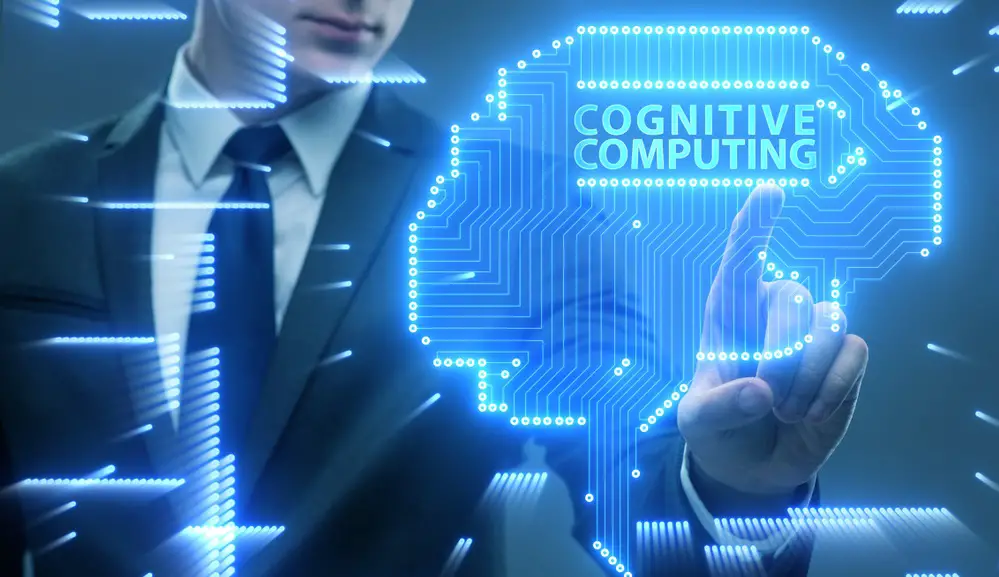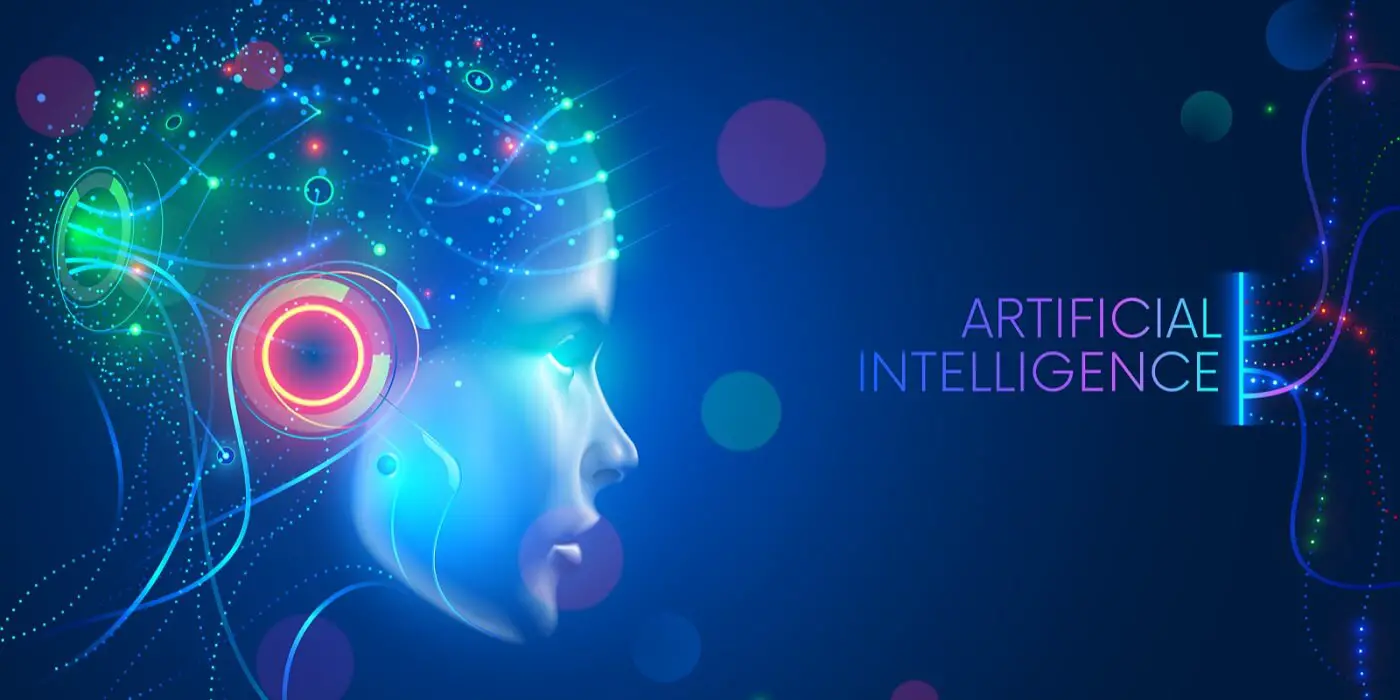To the uninitiated, cognitive computing and artificial intelligence (AI) are one and the same thing. After all, they are both supersets of computing and have a lot to do with how computers are slowly but steadily doing jobs that people used to do.
It’s easy to see why there’s a bit of a misunderstanding. Artificial intelligence, after all, is a term that is loosely used to refer to a multitude of technologies that have to do with advanced computing. These include:
- Machine Learning (ML)
- Natural Language Processing (NLP)
- Deep Learning
- Neural Networks
- Visual Recognition
These technologies allow computers to act and learn to think like human beings.
Since cognitive computing also uses the same technologies, it’s easily confused with artificial intelligence. These two supersets of computing are, however, quite different. They not only have different outputs, but they also interact differently with humans.
So, let’s take a quick look at cognitive computing vs. AI and see how both technologies work or interact with humans.
Table of Contents
- What Is AI?
- What Is Cognitive Computing?
- What Are the Differences Between AI and Cognitive Computing?
What Is AI?

Artificial intelligence (AI) is the simulation of human intelligence processes by computer systems and machines.
AI is all about coming up with machine learning algorithms that can be trained to take in big data and find the best possible ways to perform a specific function and/or make a specific decision within set constraints. This algorithm is then required to take appropriate actions based on the findings.
Artificial intelligence is a lot like human intelligence in that these algorithms learn from their environment (data provided) and use complex computing to come up with the best course of action.
Just as human intelligence is rooted in the art of sensing and learning from the environment and then processing the information received to determine the appropriate action, so is artificial intelligence.
Since it’s designed to mimic human intelligence and human decision-making to some extent, AI, therefore, includes but is not limited to the simulation of:
- Human senses: Smell, sight, taste, touch, hearing, etc.
- Learning processes: Machine learning and deep learning
- Human responses: Robotics
AI applications, therefore, can be found in a vast array of fields, including:
- Speech recognition
- Game playing
- Natural language processing
- Complex problem solving
- Automatic programming
- Image processing
- Robotics
Therefore, AI technology allows computers and machines to perform tasks and solve problems that typically require human intelligence and human decision-making.
What Is Cognitive Computing?

Cognitive computing systems are designed to support smart decisions and provide human decision-makers with the kind of information they need to make the right, data-based decisions.
In short, cognitive computing systems are like smart personal assistants who can process huge amounts of data (more than any human can) and use intensive, interactive analytics to offer a data-driven conclusion. These conclusions are often fluid as they adapt to new data entering the system.
Even though they are quite similar and operate in the same space, cognitive computing systems aren’t exactly AI systems. The former depends on the latter, while vice versa doesn’t necessarily hold true.
Cognitive computing systems only work thanks to self-learning algorithms, which, in turn, depend on AI technologies such as:
- Visual recognition
- Data mining
- Speech recognition
- Natural language processing
Cognitive computing systems use these AI technologies to develop solutions to highly complex problems that make human existence and processes simpler and more streamlined.
Like AI systems, cognitive computing systems learn, reason, and even interact with humans in the same way humans learn, reason, and interact with one another.
What Are the Differences Between AI and Cognitive Computing?
Even though cognitive computing and AI use the same computing systems at their core, some major differences differentiate them from one another. Here are some of the most noticeable ways in which AI and cognitive computing differ.
Interaction With Humans
AI is designed to augment human thinking and use machine learning to solve complex problems. Artificial intelligence focuses on data analytics to accurately reflect reality and achieve accurate results.
It can be accurately said that at some point, AI operations don’t require human thought or human input as the computer goes through all these processes based on the already provided and incoming data.
On the other hand, cognitive computing focuses on mimicking human thinking, human behavior, and reasoning to solve a different set of complex problems. Cognitive computing systems try as much as possible to replicate human thought processes and behave as humans would when solving a problem.

In fact, the biggest difference between a cognitive computing system and the mind of a human being is the fact that the computer has impeccable memory and can process more data faster than any human can. The solutions offered are often more reliable, albeit based on the presented data.
AI, therefore, isn’t intended to mimic human thought processes or behavior like cognitive computing systems are. Instead, they are designed to solve complex problems via the best algorithm and, as such, have the potential to become better than humans.
Contextual Solutions
Although cognitive systems depend on AI technology, they are better at providing contextual solutions to some extent. This is mostly because cognitive computers can use cognitive analytics instead of fundamental big data analytics to develop a suitable contextual solution to a problem. This is something that AIs still can’t do unless the specific data is fed into the system.
Take, for example, a complex problem such as coming up with the best exercise regimen for a paraplegic older woman in her 60s. If this woman were to ask an AI computer what she needed to do to increase muscle strength, the AI would provide the best possible solution based on the available data.
Since the best programs for muscle gain are often suited to athletes, the AI would suggest this without considering the limitations associated with the question (she’s a 60-year-old paraplegic).
On the other hand, cognitive computing technology uses predictive and prescriptive analytics instead of pre-trained algorithms. Therefore, a cognitive computer will consider current limitations, including age, physical limitations, and even gender, to develop a tailored solution for her as opposed to “the best solution to gain muscle strength.”
When it’s all said and done, AI uses data science or structured data and algorithms to solve a complex problem and provide the best final decision, while cognitive computers provide the user with pertinent information which allows them to come up with a suitable solution for themselves.
Use Cases
Since cognitive computers analyze big data to aid in decision support, their uses can be found in almost every field that requires a lot of analysis. These include:
Healthcare
Cognitive computing algorithms help doctors arrive at more accurate diagnoses and tailor-made treatment solutions. Cognitive computing has also made it possible for doctors and other healthcare professionals to access medical databases. This is mostly thanks to cloud computing.
Furthermore, cognitive computing algorithms are designed to read patient images and find the minutest of things that radiologists would easily miss.
Related: Learn more about trends and technologies in digital healthcare transformation
Finance
Cognitive computing has made it easier for investment bankers to assess the risks associated with a specific investment and thoroughly analyze the performance of a specific stock, and, as a result, more accurately predict its future.
The insurance industry has also employed cognitive computing analytics to accurately adjust individualized premiums. Insurance companies successfully pair cognitive analysis with the data from IoT to get a full picture of client driving behavior, which, in turn, tells them how risky insuring that specific client would be.
Retail
Based on big data analysis, retailers use cognitive computing to provide their customers with the best possible customer service and determine which products best suit their specific target niche.
While AI is also used in all these industries, its outputs are directed more towards the automation of processes as opposed to aiding decision-making. AI is geared towards:
- Chatbots in retails
- Smart advisors in finance
- Virtual assistants in medicine
While the AI-based virtual assistant will provide a physician with the best treatment regime that the patient should follow, cognitive computing will consider all the data and provide various viable options for the doctor to recommend.
To sum it up, the cognitive computing vs AI debate could be regarded as arguing on the same side. While cognitive computing uses data mining to simulate human thought processes and develop helpful recommendations, AI uses algorithms that power machines to think more intelligently and develop the best solution based on the available data.
They are both useful in almost every human industry, but since cognitive computing more closely mimics human cognition, it has found more uses than AI.
